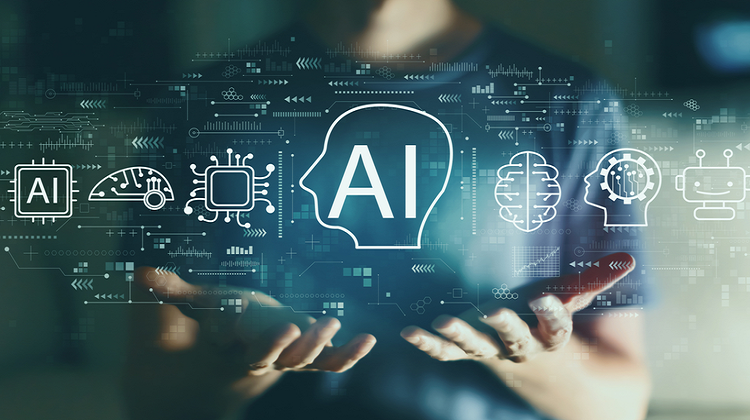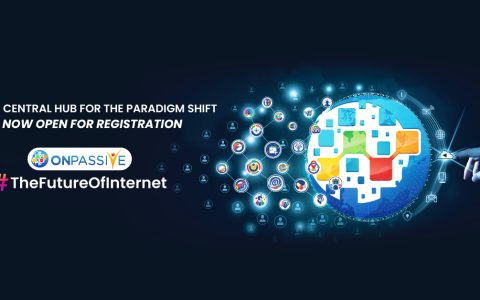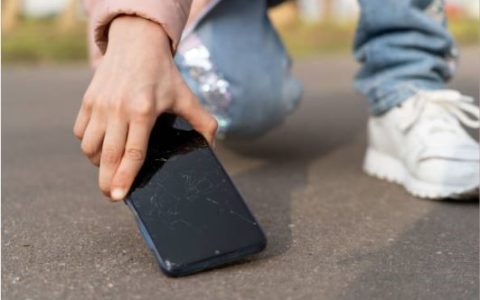
AI content creation refers to the use of artificial intelligence (AI) to create various types of content, such as text, images, or videos. There are a few different ways in which AI can be used for content creation:
- AI-powered writing tools: These tools use natural language processing (NLP) to assist with writing tasks, such as summarizing text or generating content based on a set of prompts.
- AI-generated images and videos: AI can be used to generate images and videos based on a set of input parameters, such as style or content.
- AI-powered content optimization: AI can be used to analyze and optimize content for search engines or to better target specific audiences.
AI content creation has the potential to save time and effort for content creators, but it is important to keep in mind that AI-generated content may not always be of the same quality as content created by humans. It is also important to consider ethical implications when using AI for content creation, as the technology has the potential to perpetuate biases or perpetuate misinformation.
AI-powered writing tools
AI-powered writing tools are software programs that use natural language processing (NLP) to assist with writing tasks. These tools can help with a variety of tasks, including:
- Summarizing text: AI-powered writing tools can automatically summarize long texts, condensing them into shorter summaries that retain the main points of the original content.
- Generating content: Some AI-powered writing tools can generate content based on a set of prompts or input parameters. For example, a user could input a topic and the tool would generate an article on that topic.
- Checking grammar and spelling: AI-powered writing tools can check grammar and spelling in real-time as you write, alerting you to any errors and suggesting corrections.
- Providing writing suggestions: Some AI-powered writing tools can suggest alternative words or phrases as you write, helping you to improve the overall quality and clarity of your ghostwriting services.
AI-powered writing tools can be useful for a variety of tasks, but it is important to keep in mind that they may not always produce content of the same quality as content created by humans. It is also important to consider ethical implications when using AI for writing tasks, as the technology has the potential to perpetuate biases or perpetuate misinformation.
AI-generated images and videos
AI-generated images and videos are digital content that is created using artificial intelligence (AI) algorithms. These algorithms can generate images and videos based on a set of input parameters, such as style or content.
There are a few different ways in which AI can be used to generate images and videos:
- Style transfer: AI algorithms can be trained to apply the style of one image or video to another image or video. For example, an AI algorithm could take a photo of a landscape and apply the style of a famous painting to it, creating a new image that has the content of the original photo but the style of the painting.
- Generative adversarial networks (GANs): GANs are a type of AI algorithm that can generate images or videos based on a set of input parameters. GANs work by training two neural networks to work together: one generates content, while the other evaluates the content and provides feedback to the first network. The goal is for the first network to generate content that is indistinguishable from real content.
- Video synthesis: AI algorithms can be used to synthesize videos based on a set of input parameters. For example, an AI algorithm could take a series of still images and use them to generate a video that shows the images in sequence.
AI-generated images and videos have the potential to save time and effort for content creators, but it is important to keep in mind that AI-generated content may not always be of the same quality as content created by humans. It is also important to consider ethical implications when using AI to generate images and videos, as the technology has the potential to perpetuate biases or perpetuate misinformation.
AI-powered content optimization
AI-powered content optimization refers to the use of artificial intelligence (AI) algorithms to analyze and optimize content for various purposes. Some common uses for AI-powered content optimization include:
- SEO: AI algorithms can be used to analyze and optimize content for search engines. For example, an AI algorithm could analyze a webpage and suggest changes to the content or structure of the page to improve its ranking in search results.
- Audience targeting: AI algorithms can be used to analyze content and identify characteristics that are likely to appeal to specific audiences. This can help content creators to better target their content to specific groups of readers or viewers.
- Content personalization: AI algorithms can be used to personalize content for individual users based on their interests and preferences. For example, an AI algorithm could analyze a user’s browsing history and suggest content that is likely to be of interest to that user.
AI-powered content optimization has the potential to improve the effectiveness of content and to help content creators reach their intended audiences more effectively. However, it is important to keep in mind that AI algorithms can perpetuate biases or perpetuate misinformation if they are not properly designed and implemented. It is also important to consider ethical implications when using AI for content optimization.
Best way to find AI content
There are several ways you can find AI-generated content:
- Online search: You can use a search engine, such as Google, to search for AI-generated content. Simply enter keywords related to the type of content you are looking for, along with the term “AI-generated.” This can help you find websites or articles that feature AI-generated content.
- Social media: Many people share AI-generated content on social media platforms, such as Twitter or Instagram. You can search for hashtags related to AI-generated content on these platforms to find examples of this type of content.
- AI content directories: There are several online directories or databases that collect and showcase AI-generated content. You can search these directories to find a wide range of AI-generated content, including images, videos, and written content.
- AI content creation tools: Many AI content creation tools, such as those that generate images or videos, have online galleries or showcases that feature examples of the content that has been created using their tools. You can browse these galleries to find AI-generated content that has been created using different tools.
It is important to keep in mind that AI-generated content may not always be of the same quality as content created by humans, and it is important to consider ethical implications when using AI for content creation.



